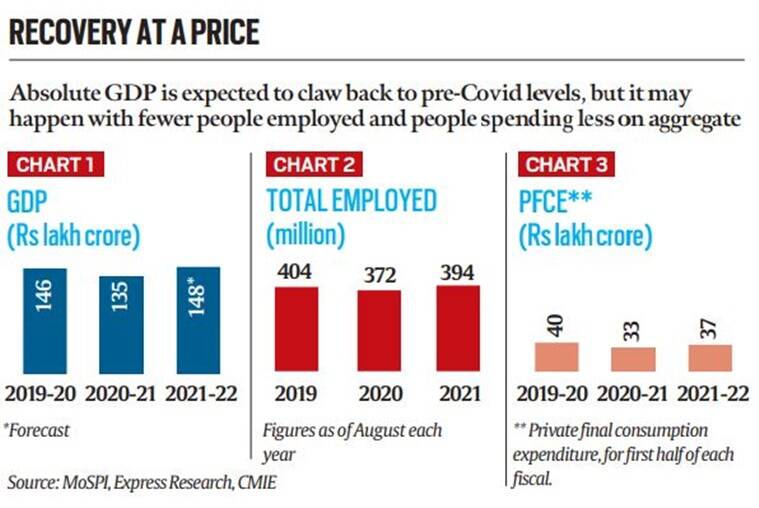7667766266
enquiry@shankarias.in
What is the issue?
In the process of recovery of pandemic-induced economic crisis, there’s a gap between rich and poor States due to vaccination levels and between the unemployed and the well-heeled.
What is the status of economic recovery in India?

What are the reasons for India’s economic recovery?
What factors are attributed to the uneven economic recovery?
How can the issue be addressed?
Reference